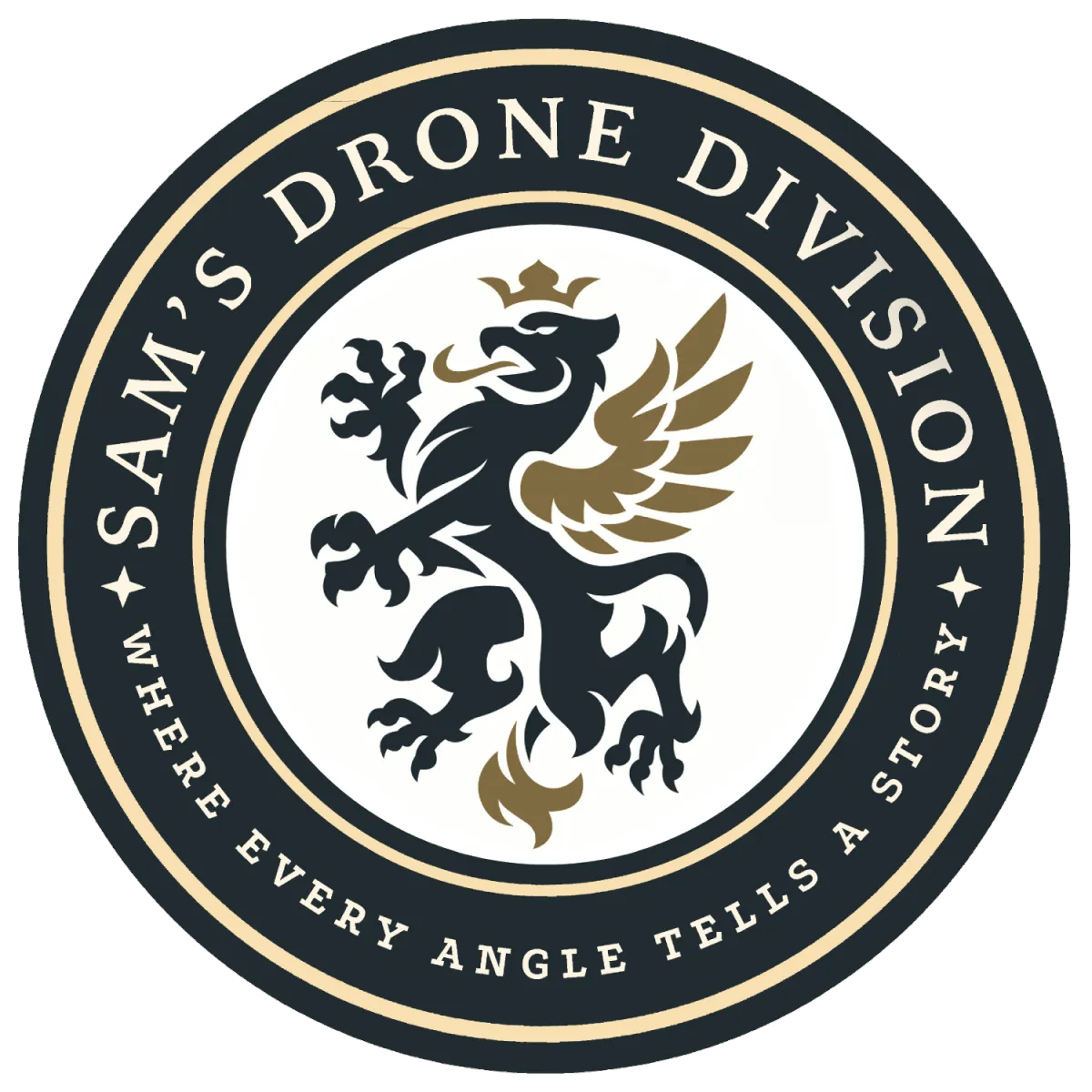
AERIAL INSPECTIONS
Why It's Smarter to Use Drones for Infrastructure Documentation:
Using drones for aerial inspections and historical documentation is a cost-effective and efficient solution compared to traditional methods. Here’s why:
1. Cost Savings Over Time
Traditional bridge and infrastructure inspections require significant labor, equipment, and logistical coordination. Scaffolding, cranes, and manned aircraft can cost thousands of dollars per inspection, while drones can perform the same task at a fraction of the cost. By storing drone-captured images, municipalities and engineering firms reduce repeat inspection expenses by referencing historical data instead of conducting unnecessary site visits.
2. Proactive Maintenance with Historical Documentation
Drones allow for consistent, repeatable aerial imaging, making it easier to track deterioration over time. When a structure is inspected regularly using drone technology, inspectors can compare before-and-after images to detect early signs of wear, corrosion, or structural damage. This kind of documentation is invaluable for risk assessment, budgeting for repairs, and compliance with federal regulations.
3. Improved Safety & Reduced Liability
Bridge inspections are traditionally high-risk jobs, often requiring workers to be suspended from structures or operating in dangerous environments. Drones eliminate the need for human inspectors to physically access hazardous areas, reducing the likelihood of workplace injuries and insurance liabilities. Additionally, they can operate in adverse conditions, such as high winds or extreme temperatures, where human inspections would be unsafe.
4. Faster Inspections & Reduced Downtime
A traditional bridge inspection could take days or even weeks, causing lane closures and traffic disruptions. Drones can complete the same inspections in hours, minimizing downtime and keeping critical infrastructure operational. This efficiency makes them ideal for state Departments of Transportation (DOT), construction companies, and engineering firms looking to improve workflow without affecting public convenience.
5. High-Resolution Imaging & Advanced Data Analytics
Drones equipped with 4K cameras, thermal imaging, and LiDAR sensors capture detailed structural data, including cracks, rust, and thermal variations that indicate weaknesses. This data can be stored in cloud-based databases, making it easily accessible for future assessments and ensuring compliance with state and federal regulations (e.g., FHWA bridge inspection requirements).
CALL Sam's Drone Division TODAY:
(573) 299-1201
Click on the image above to Download the View From Above Aerial Idea Guide, so you can see for yourself how amazing your business will look to your customers and prospects using custom aerial photography from Sam's Drone Division!
CONTACT US:
Sam's Drone Division
PO Box 563
Vichy, MO 65580



